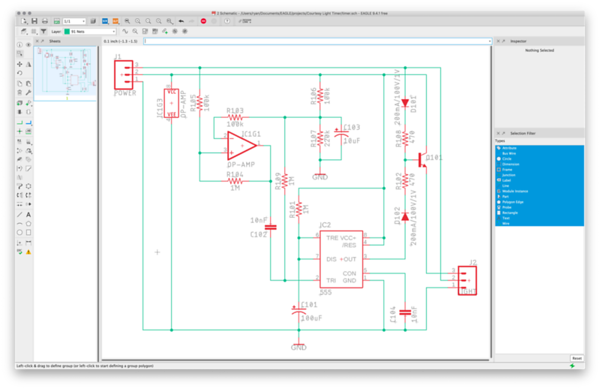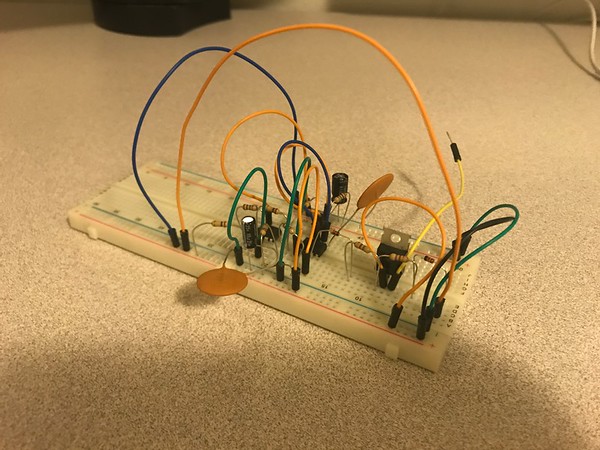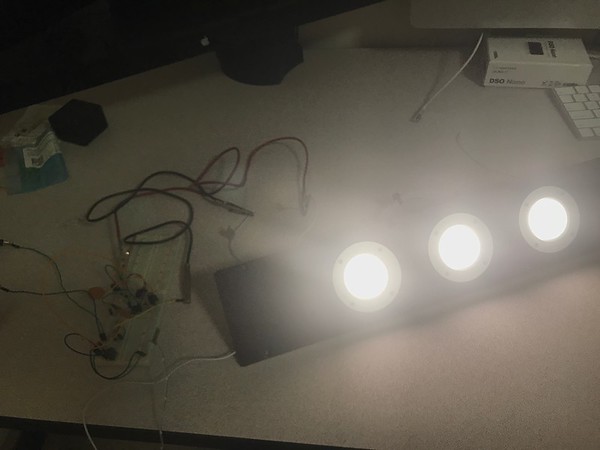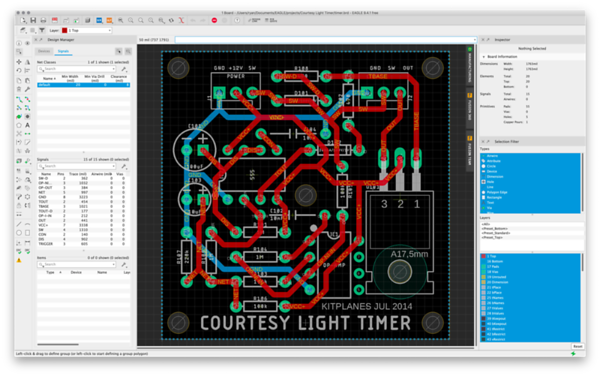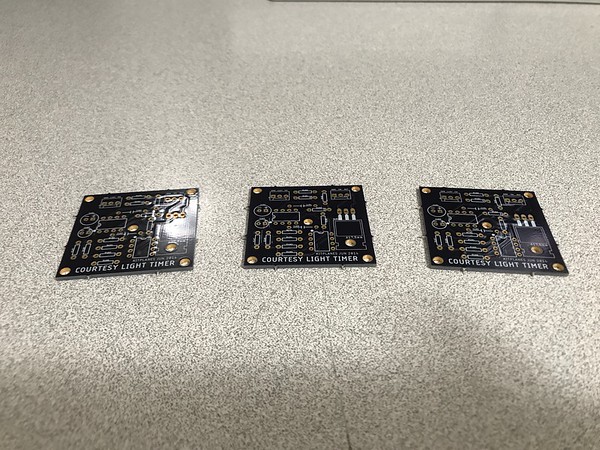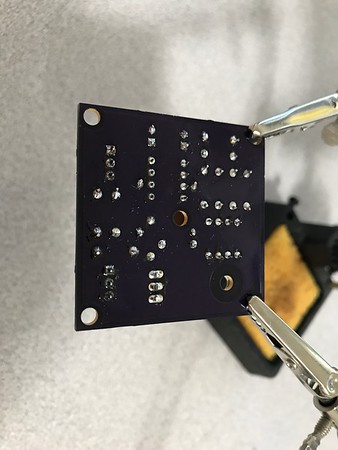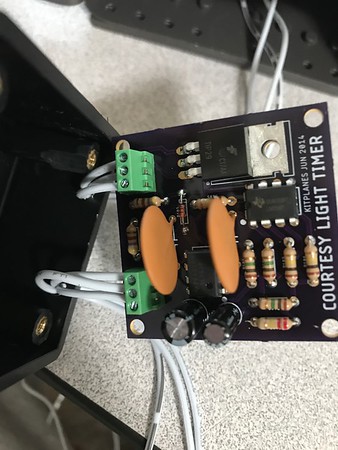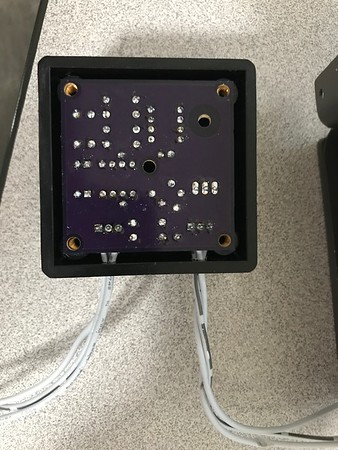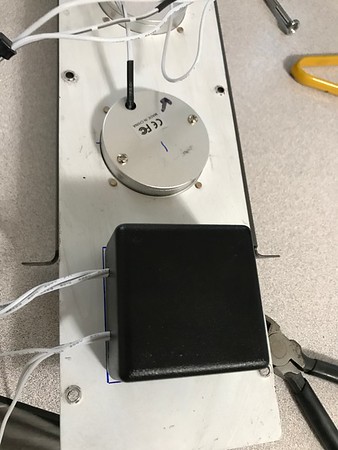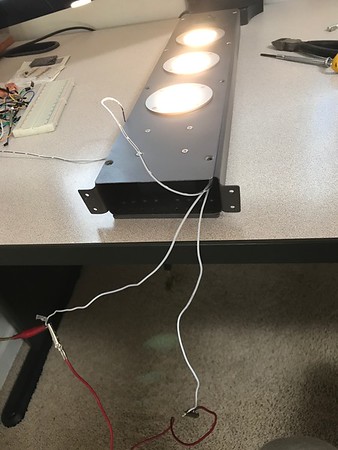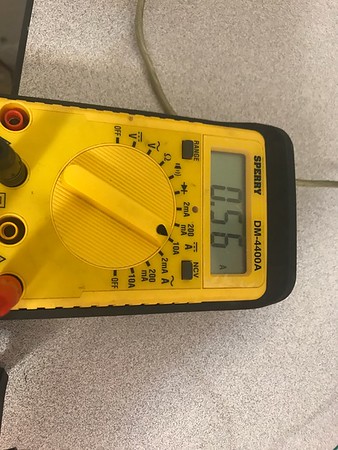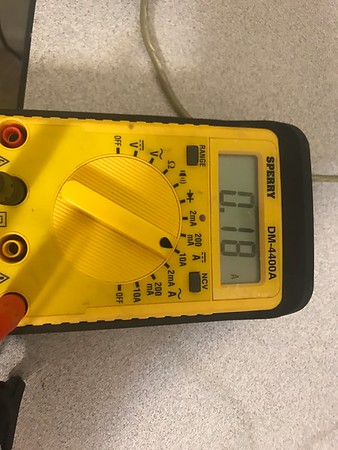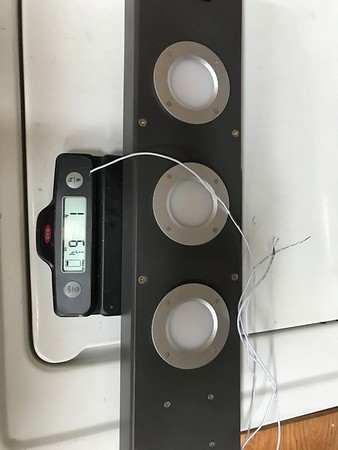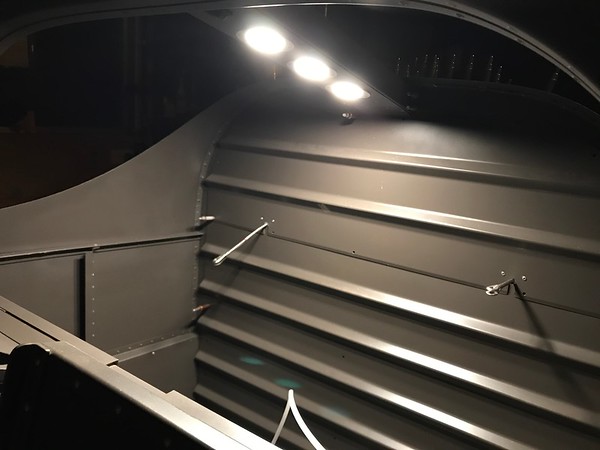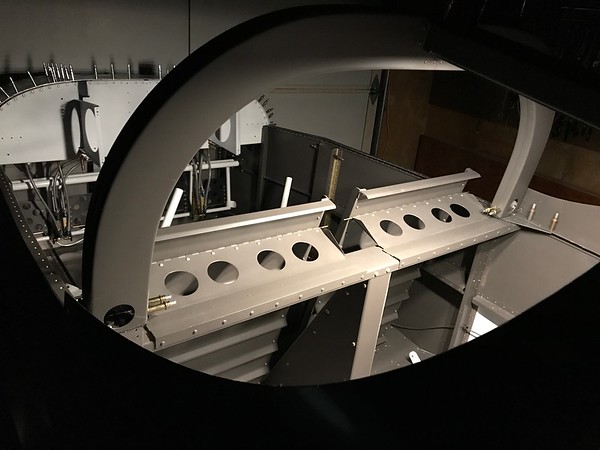Draker
Well Known Member
As a fun little side-project while I wait for my finishing kit to arrive, I went and implemented a courtesy light for my RV-7A. The point of this is to briefly provide some light after you turn the master switch off so you can see as you're getting out. Like how your car's internal lights work when you remove your key. I chose to put the light over the baggage area. Here are the steps I followed. This was a pretty easy project but I thought I'd post a write-up because I'm pretty proud of how it turned out. The usual "this is just what I did, your airplane is your airplane" disclaimer obviously applies!
Cut a cover plate to go over F-732A out of 0.025 sheet. Do a search here, many builders seem to be covering this channel up for cosmetic reasons.
Drilled, dimpled, and attached 8 #6 nutplates to F-732A
Purchased a pack of 4 LED dome lights from Amazon:
ALOVECO LED RV Boat Ceiling Light 12V LED Recessed Cabinet Lights Waterproof Ultra-Thin LED Interior Lighting for Motorhome Sailboat Yacht 3000K Warm White(4 Pack) (3000K)
https://www.amazon.com/gp/product/B07B8B2XJ7/
Each of these came with a metal mounting bracket on the back. I removed them.
Drilled clearance holes for LED lights (55mm).
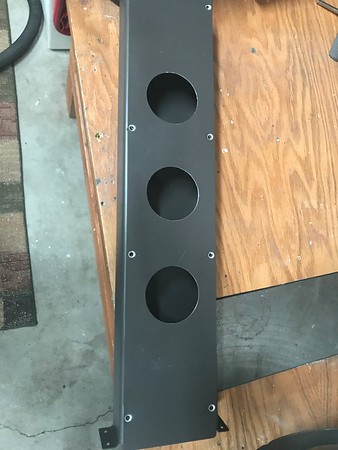
Purchased Hammond 1594A plastic project box. Outer dimensions are 56mm x 56mm x 40mm.
Positioned box lid and clamped in place.
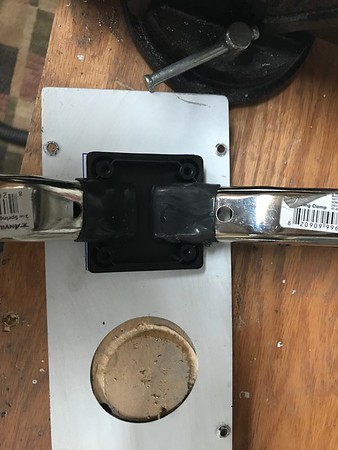
Holes in plastic box are M3. Clearance hole is 3.4mm, #30 is close enough.
Match drilled cover plate through lid.
Dimpled #30.
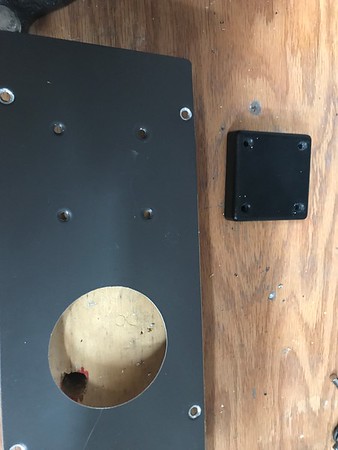
Screws will not be perfectly flush but again, good enough.
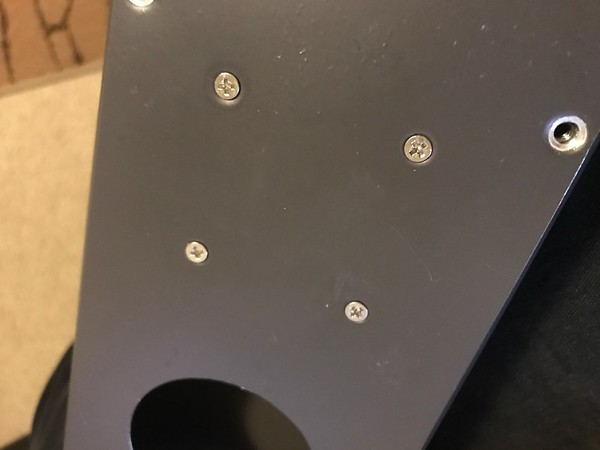
The box itself fits like a glove. It's almost as if it was made for this application!
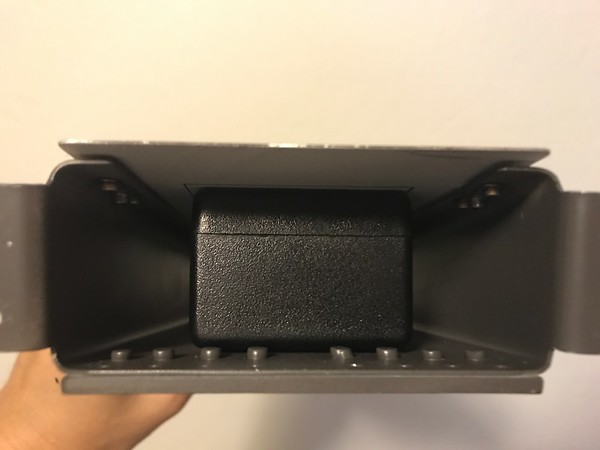
Drilled #40 attach holes for lights.
Match drilled to cover plate. I could not avoid poor edge distance, due to how thin the lights' flanges are. This is the only part of the project I'm not totally satisfied with.
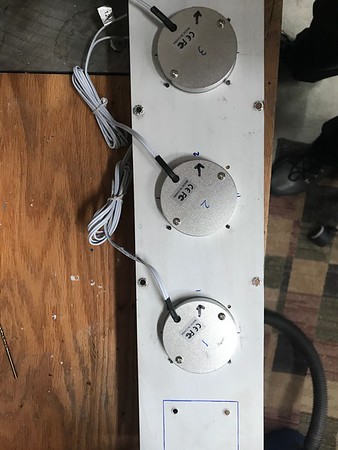
Countersunk light faces for flush rivets.
Riveted lights to cover plate.
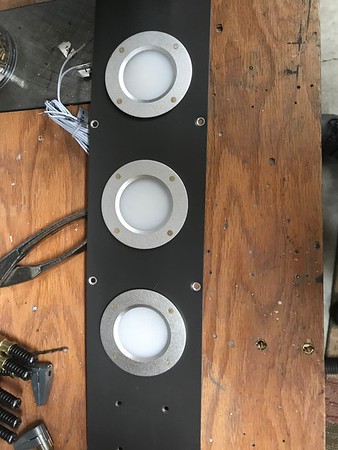
Cut a hole for the function selector switch (approx. 1" x 7/16"). Switch is an on-off-on SPDT rocker switch.
Right = power comes from courtesy timer circuit. Center = off. Left = bypass courtesy timer circuit (light goes on and off with master switch).
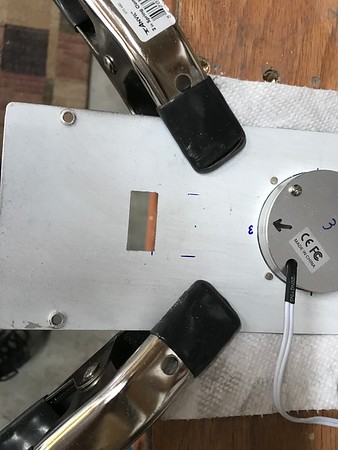
Snapped switch into place.
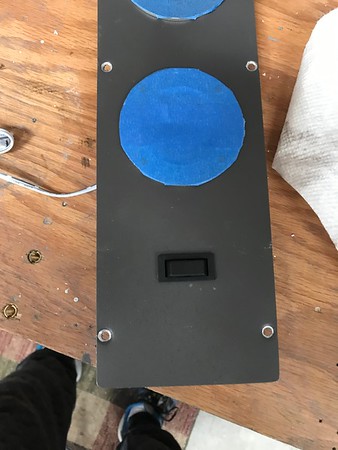
Wired LED lights in parallel, with all + wires connected to center terminal on switch.
Connected two other wires to the other terminals on the switch.
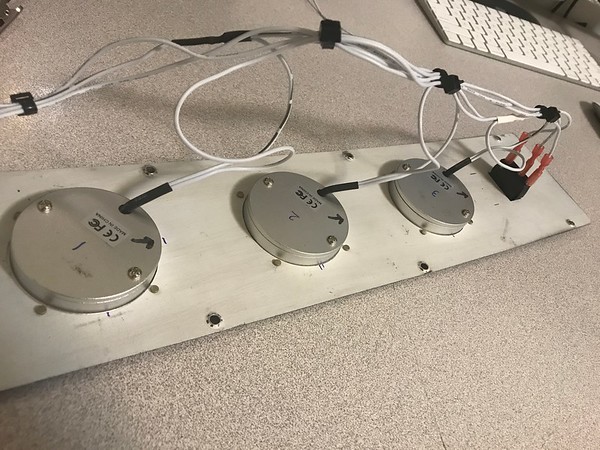
Cut a cover plate to go over F-732A out of 0.025 sheet. Do a search here, many builders seem to be covering this channel up for cosmetic reasons.
Drilled, dimpled, and attached 8 #6 nutplates to F-732A
Purchased a pack of 4 LED dome lights from Amazon:
ALOVECO LED RV Boat Ceiling Light 12V LED Recessed Cabinet Lights Waterproof Ultra-Thin LED Interior Lighting for Motorhome Sailboat Yacht 3000K Warm White(4 Pack) (3000K)
https://www.amazon.com/gp/product/B07B8B2XJ7/
Each of these came with a metal mounting bracket on the back. I removed them.
Drilled clearance holes for LED lights (55mm).

Purchased Hammond 1594A plastic project box. Outer dimensions are 56mm x 56mm x 40mm.
Positioned box lid and clamped in place.

Holes in plastic box are M3. Clearance hole is 3.4mm, #30 is close enough.
Match drilled cover plate through lid.
Dimpled #30.

Screws will not be perfectly flush but again, good enough.

The box itself fits like a glove. It's almost as if it was made for this application!

Drilled #40 attach holes for lights.
Match drilled to cover plate. I could not avoid poor edge distance, due to how thin the lights' flanges are. This is the only part of the project I'm not totally satisfied with.

Countersunk light faces for flush rivets.
Riveted lights to cover plate.

Cut a hole for the function selector switch (approx. 1" x 7/16"). Switch is an on-off-on SPDT rocker switch.
Right = power comes from courtesy timer circuit. Center = off. Left = bypass courtesy timer circuit (light goes on and off with master switch).

Snapped switch into place.

Wired LED lights in parallel, with all + wires connected to center terminal on switch.
Connected two other wires to the other terminals on the switch.




